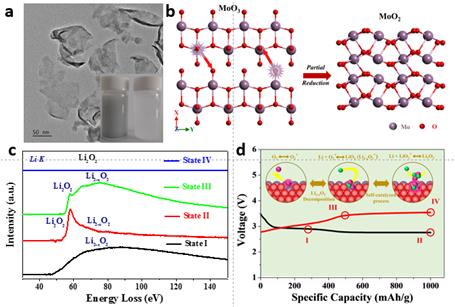
Fig.1 Spherical aberration analysis and calculation of interlaminar and intralayer lattice distortions of (002) crystal planes of MoS2/MoSe2 material

Fig. 2 Lithium-air battery electrochemical performance of MoS2/MoSe2 cathode

Fig. 3 The autocatalytic decomposition mechanism of the discharge product of oxygen vacancy sites on the surface of molybdenum trioxide nanosheets
Lithium-air secondary batteries have become international research and development hot spots due to their high theoretical specific energy. However, due to the complicated three-phase structure of gas-liquid-solid coexistence of the positive electrode, its cycle stability, energy efficiency, etc. The problems existing in the aspects still face great challenges in practical applications. It is very urgent to develop highly efficient air electrode catalysts and other materials. Recently, the team led by Wen Zhaoyin, a researcher at the Shanghai Institute of Ceramics, Chinese Academy of Sciences, has made new progress in the design and mechanism study of lithium-air battery electrode materials. For the catalytic inertness of metal sulfides, they have successfully fabricated metastable metal sulfide cathode materials with high lattice distortion by means of crystal structure modification of materials, which has potential application value. The related research results were recently published in Nano. Express (Nano Letters, 2017, DOI: 10.1021/acs.nanolett.7b00603). At the same time, they also successfully revealed the autocatalytic decomposition reaction of the intermediate discharge products of lithium-air batteries at oxygen vacancies. The discovery of the phenomenon of autocatalytic decomposition of discharge products can also provide new ideas and solutions for the design of future high-efficiency anodes. The results were recently published in Nano Energy (2017, 36, 186-196. DOI: 10.1016/j.nanoen.2017.04.038).
Wen Zhaoyin's team succeeded in synthesizing three-dimensional molybdenum disulfide materials with orientation structure (ACS Nano, 2015, 9 (12), 12464-12472. DOI: 10.1021/acsnano.5b05891), and successfully designed the layer using the low temperature liquid phase method. Internal molybdenum disulfide/molybdenum diselenide heterostructures, which have been verified by spherical aberration-corrected scanning electron microscopy in cooperation with the University of Illinois, USA, to demonstrate high lattice distortions between layers and within the layer, along the same crystal. The surface exhibits an irregular spacing, and this highly distorted metastable structure can significantly enhance the catalytic activity of the material. In situ transmission electron microscopy reveals the rapid shuttling and transport of lithium ions in the material structure. For the first time, this highly active catalyst has successfully achieved stable deep circulation of metal sulfides in lithium air batteries, which has potential application value.
At the same time, after two years of hard work, the team also achieved a breakthrough in the relevant catalytic mechanism. They introduced oxygen vacancies defects on the basis of successful preparation of ultra-thin molybdenum trioxide nanosheets. In the battery testing process, this oxygen-enriched vacant anode material presents unique characteristics of four independent stages. An in-depth analysis of these four typical processes revealed that these active sites of oxygen vacancies can form local high-concentration active oxygen accumulation sites during the discharge process and react with lithium ions to form a stable lithium superoxide analogue (Li2). -xO2), when the oxygen vacancies are gradually saturated, a stable Li2O2 discharge product is gradually formed on the surface of Li2-xO2. At the initial stage of charging, Li2-xO2 and oxygen-deficient sites can be used as high-efficiency catalysts for Li2O2 decomposition, achieving a low charging voltage of <3.5V, while superoxide can be quickly decomposed at a voltage level of ~3.5V, effectively reducing the number of cells. The overcharged potential. This result not only explains the catalytic mechanism of oxygen vacancy defects in the charge-discharge process of Li-O2 battery, but also the discovery of the autocatalytic decomposition phenomenon of the discharge products can provide new ideas and solutions for the design of future high-efficiency anodes.
The related research work has been funded and supported by the National Natural Science Foundation of China and the Shanghai Science and Technology Commission.
Plunge Track Saw,Track Saw,Cordless Track Saw,165Mm Electric Plunge Cut Saw
Ningbo Brace Power Tools Co., Ltd , https://www.bracepowertools.com